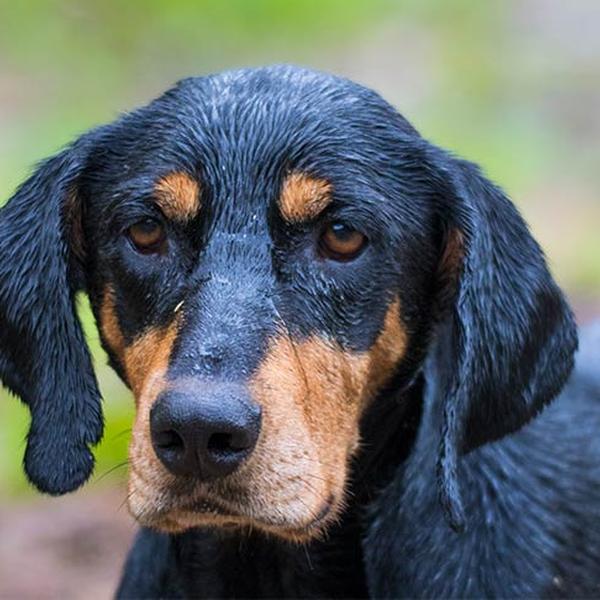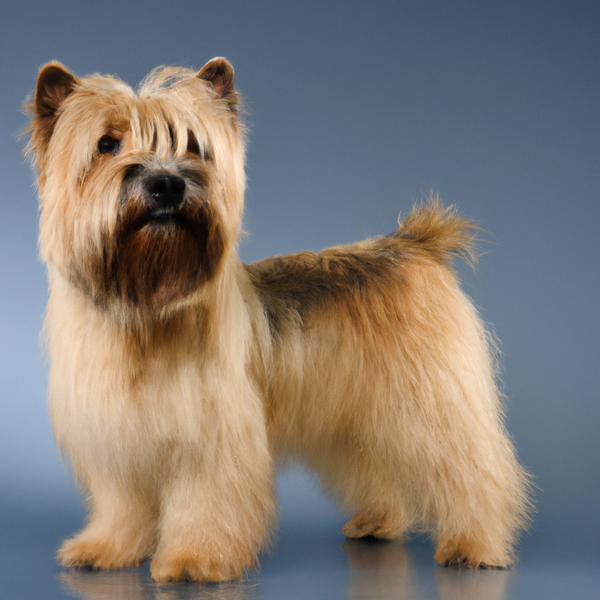Transylvanian Hound vs. Silkland Terrier: Breed Differences and Similarities
Hypoallergenic
Are Transylvanian Hounds or Silkland Terriers hypoallergenic, or neither?
Unfortunately, the Transylvanian Hound is not hypoallergenic, making it not a good choice for a dog lover who suffers from pet allergies.
While no dogs are truly 100% hypoallergenic, Silkland Terriers are about as close as it gets, making them an ideal pet if you are an allergy sufferer.
Temperament
What are the personalities of Transylvanian Hound and Silkland Terrier dogs?
Courageous
Loyal
Territorial
Good natured
Protective
Independent
Enduring
Quiet
Determined
Lively
Independent
Alert
Courageous
Intelligent
Friendly
Responsive
Affectionate
Quick
Joyful
Inquisitive
Shedding Level
Do Transylvanian Hounds shed more than Silkland Terriers, or which breed sheds more, Transylvanian Hounds or Silkland Terriers?
Transylvanian Hounds are moderate shedders, but regular brushing can reduce shedding and maintain coat health.
Silkland Terriers shed very little hair, making them a great choice for those who dislike excess hair in the house.
Watchdog Ability
Which dog breed makes a better watchdog, the Transylvanian Hound or Silkland Terrier?
Choose a Transylvanian Hound if you want a top-notch watchdog. This breed takes guarding seriously, and may not require much training, though obedience or guard dog training can improve their skills.
Avoid Silkland Terriers as watchdogs - they're not effective.
Origin
What is the origin of Transylvanian Hound and Silkland Terrier dog breeds?
Hungary
United States
Ancestry
What are the origins of Transylvanian Hound and Silkland Terrier breeds?
Scent Hound
West Highland White Terrier and Silky Terrier
Breed recognition
Which kennel clubs recognize/register Transylvanian Hound and Silkland Terrier?
Dog Registry of America Inc.
American Canine Association, Inc.
United Kennel Club
Foundation Stock Service
ACHC = American Canine Hybrid Club
DBR = Designer Breed Registry
DDKC = Designer Dogs Kennel Club
DRA = Dog Registry of America, Inc.
IDCR = International Designer Canine Registry®
Date of Birth
When were Transylvanian Hound and Silkland Terrier breeds first developed?
9th Century
2000's
Eye Color Possibilites
What are the eye colors of Transylvanian Hound and Silkland Terrier dogs?
Brown
Brown
Nose Color Possibilites
What are the natural nose colors of Transylvanian Hound and Silkland Terrier?
Black
Black
Coat Color Possibilites
What are the natural colors of the coat for Transylvanian Hound and Silkland Terrier breeds?
Black
White
Cream
Brown
Black
Coat Length
What is the typical coat length for Transylvanian Hound and Silkland Terrier breeds?
Transylvanian Hounds have coats that can be either short or medium in length.
Silkland Terriers have longer coats compared to most dogs.
Coat Density
What is the density of the coat of Transylvanian Hound and Silkland Terrier?
Coat Texture
What is the hair texture of Transylvanian Hound and Silkland Terrier?
Straight
Litter Size
What is the usual litter size for Transylvanian Hound and Silkland Terrier?
A Transylvanian Hound can have a litter of 10-12 puppies on average. However, it's worth noting that the size of the litters can vary greatly. Factors that can influence litter size include the health of the mother, breeding history, and genetics.
A Silkland Terrier can have a litter of 3-5 puppies on average. However, it's worth noting that the size of the litters can vary greatly. Factors that can influence litter size include the health of the mother, breeding history, and genetics.
Adaptability
Transylvanian Hounds are highly adaptable and versatile, making them excellent companions for families and individuals of all lifestyles.
Silkland Terriers are known for their adaptability and can adjust well to different environments and lifestyle changes.
Health Issues
Between Transylvanian Hound and Silkland Terrier, which breed is more prone to health problems?
The Transylvanian Hound breed is generally very healthy, requiring minimal vet visits. Still, it's important to keep an eye on their health and seek veterinary care when needed.
Silkland Terriers typically have low vet costs due to their good health, but it's important to monitor their health and seek vet care when necessary.
Major Concerns
What are the major health concerns for Transylvanian Hound and Silkland Terrier breeds?
Usually A Very Healthy Breed
Seborrhea
Keratoconjunctivitis Sicca (Dry Eye)
Craniomandibular Osteopathy (Lion Jaw)
Minor Concerns
What minor health issues should be kept in mind when owning Transylvanian Hound and Silkland Terrier?
Hip And Elbow Dysplasia
Patellar Luxation
Deafness
Pulmonic Stenosis
Diabetes
Legg-Calve-Perthes Disease
Persistent Pupillary Membranes (PPM)
Leukodystrophies
Chronic Hepatitis
Occasional Tests
What occasional tests are recommended for Transylvanian Hound and Silkland Terrier breeds?
OFA on hips and elbows
Brain Auditory Evoked Response (BAER)
Internal Imaging (x-ray, CT scan, MRI, etc.)
Ear Tests and Myringotomy Tests
Blood Sugar and Thyroid Tests
Yearly Physical Examination
Eye Examinations (both internal as well as external)
X-rays of various parts of the skeletal system
Dental and Oral Examinations
Various Blood Tests
Energy
How do the energy levels of Transylvanian Hounds and Silkland Terriers compare?
Transylvanian Hounds' high energy levels make them unsuitable for a low-key dog, choose accordingly.
Silkland Terriers are suitable for those with a balanced lifestyle as they have an average energy level.
Social Needs
Transylvanian Hound vs Silkland Terrier social needs comparison
Transylvanian Hound and Silkland Terrier have above average social needs compared to other breeds. They thrive in environments where they have a lot of interaction with humans and other dogs.
Exercise Needed
Transylvanian Hound vs Silkland Terrier exercise need comparison.
Transylvanian Hounds require significant physical activity and suit those with an active lifestyle.
Silkland Terriers need moderate physical activity and are great for families and active individuals.
Sleeping Need
Which of the two sleeps the most/least: Transylvanian Hound or Silkland Terrier?
Transylvanian Hounds sleep less than other breeds but still need adequate sleep for good health.
Silkland Terriers have moderate energy levels and typical sleep patterns of 12-14 hours per day.
Tendency to Bark
Do Transylvanian Hounds or Silkland Terriers bark more/less frequently?
Transylvanian Hound and Silkland Terriers tend to bark moderately, they bark when necessary, such as to alert their owner or to communicate something. They may also bark due to certain triggers like fear, alarm, boredom, greeting, separation anxiety and compulsive barking.
Mouthiness
Mouthiness Comparison: Transylvanian Hound vs Silkland Terrier?
Roaming urge
Transylvanian Hound vs Labrador: Running away tendency?
Prey Drive
Transylvanian Hound or Silkland Terrier - which breed has a higher level of prey drive?
Past times
What are some enjoyable activities and ways to keep Transylvanian Hound and Silkland Terrier entertained?
Run, Scent Games, Fetch, Agility, Cuddling, Walks, Chasing, Running, Tag game, Sleeping
Tug of war, Fetching, Walks, Cuddles
Activity Level
Which breed has higher energy, Transylvanian Hounds or Silkland Terriers?
Transylvanian Hounds are medium-energy dogs and typically enjoy socializing and playing casual or even sustained games of chase with other dogs. They may also have occasional periods of barking or racing around the house.
Silkland Terriers are high-energy dogs. They need mental as well as physical exercise. These dogs require a lot of your involvement and without it they can, and will, become problematic dogs.
Tolerance of being left alone
Walks per Week
How many miles should Transylvanian Hound or Silkland Terrier walk each week?
There's really no limit to how far you walk your dog as long as they're comfortable. For Transylvanian Hound, it's at least 10 miles / week. Just remember to build distance and stamina gradually over time.
There's really no limit to how far you walk your dog as long as they're comfortable. For Silkland Terrier, it's at least 8 miles / week. Just remember to build distance and stamina gradually over time.
Activity per Day
Do Transylvanian Hounds or Silkland Terriers require more exercise?
In general most Transylvanian Hounds usually need at least 60 minutes of exercise daily. This can be spread across the day and include all sorts of high-energy activities, like walking, running and playing.
In general most Silkland Terriers usually need at least 90 minutes of exercise daily. This can be spread across the day and include all sorts of high-energy activities, like walking, running and playing.
Grooming
Which breed is easier to maintain in terms of grooming, Transylvanian Hounds or Silkland Terriers?
The Transylvanian Hound requires an average amount of grooming compared to other breeds.
Silkland Terriers require significant grooming, including regular trims and professional grooming assistance to maintain their coat. They may also require frequent bathing to keep their coat and skin healthy.
Brushing Frequency
What is the recommended brushing frequency for Transylvanian Hound and Silkland Terrier dogs?
Transylvanian Hound and Silkland Terrier should be brushed at least once a week. Of course, you can give them more frequent brushes if you find that they are still shedding a lot.
Brushing Tools
What brushing tools are used for Transylvanian Hounds and Silkland Terriers?
Slicker Brush
Nail Clipper
Pin Brush
Dematter
Deshedder
Nail Clipper
Cups
How much food should be given to Transylvanian Hound or Silkland Terrier in cups?
For an average 66-77 pound (30 - 35 kg) Transylvanian Hound feed 2.6 cups daily. But, keep in mind, the amount you feed is going to be dependent on the quality of the food you are feeding.
For an average 15-20 pound (7 - 9 kg) Silkland Terrier feed 1 cups daily. But, keep in mind, the amount you feed is going to be dependent on the quality of the food you are feeding.
Daily Cost
Which breed has a higher daily cost, Transylvanian Hound or Silkland Terrier?
The average cost of a Transylvanian Hound is somewhere $1.70 - $2.00 per day.
The average cost of a Silkland Terrier is somewhere $1.10 - $1.40 per day.
Monthly Cost
Which breed has a higher monthly cost, Transylvanian Hound or Silkland Terrier?
The average per month expenses of a Transylvanian Hound is between $48 - $63. This makes an average of $576 - $756 per year. It will be on the higher side when the dog is still small because it will need more frequent visits to the vet, shots.
The average per month expenses of a Silkland Terrier is between $28 - $42. This makes an average of $336 - $504 per year. It will be on the higher side when the dog is still small because it will need more frequent visits to the vet, shots.
Intelligence
Comparing Intelligence: Transylvanian Hounds vs Silkland Terriers
Transylvanian Hound is a very intelligent and trainable breed.
Silkland Terriers are average in obedience intelligence but have a high IQ and may cause trouble if left unsupervised.
Sensitivity Level
How do Transylvanian Hound and Silkland Terrier compare in sensitivity?
These breeds are more sensitive than others and easily overwhelmed by new surroundings and people. Transylvanian Hound and Silkland Terrier need gentle handling and a calm, stable home environment with positive reinforcement training.
Affection Dependance
Which is the more affectionate dog breed: Transylvanian Hound vs Silkland Terrier?
Apartment Friendly
Which breed is more apartment-friendly: Transylvanian Hound or Silkland Terrier?
Transylvanian Hounds are good apartment dogs as long as they get enough exercise and stimulation outside of the apartment.
The Silkland Terrier is a great apartment dog, thriving with sufficient exercise and time outside as part of their daily routine.
Child Friendly
Do Transylvanian Hounds or Silkland Terriers have a friendlier temperament towards children?
Transylvanian Hounds have an average level of friendliness towards children.
Silkland Terriers are good with kids if socialized and trained from a young age.
Senior-friendly
Which dog is more suitable as a pet for the elderly - Transylvanian Hound or Silkland Terrier?
Cat Friendly
Do Transylvanian Hound or Silkland Terrier breeds have a better compatibility with cats?
Transylvanian Hounds and Silkland Terriers are an average cat friendly dog. They do well with cats, even more if raised together from puppyhood.
Dog Friendly
Which breed is more sociable with other dogs: Transylvanian Hound or Silkland Terrier?
Transylvanian Hounds are friendly and active companions, and can be good family pets, though their friendliness towards other dogs may vary.
Silkland Terriers are average in their friendliness towards other dogs, and socialization can help.
Pet friendly
How do Transylvanian Hound or Silkland Terrier dogs interact with other pets?
Stranger Friendly
Which breed is more friendly with strangers: Transylvanian Hound or Silkland Terrier?
Transylvanian Hound and Silkland Terrier are friendly dogs and typically won't bark at strangers. However, if you wish to change this behavior, training them is easy thanks to their intelligence, making it pretty simple to teach them anything.
Playfulness
Which breed is more playful between Transylvanian Hound and Silkland Terrier?
Transylvanian Hounds are a playful breed that needs daily playtime to be happy.
Silkland Terriers are very playful, so adopting an older one might be a better option for a more relaxed experience.
Trainability
How do the trainability levels of Transylvanian Hounds and Silkland Terriers compare?
Transylvanian Hound and Silkland Terrier dogs are known for their ease of training and ability to learn quickly, making them a popular choice for pet owners and trainers alike.
Compare Transylvanian Hound with other breeds
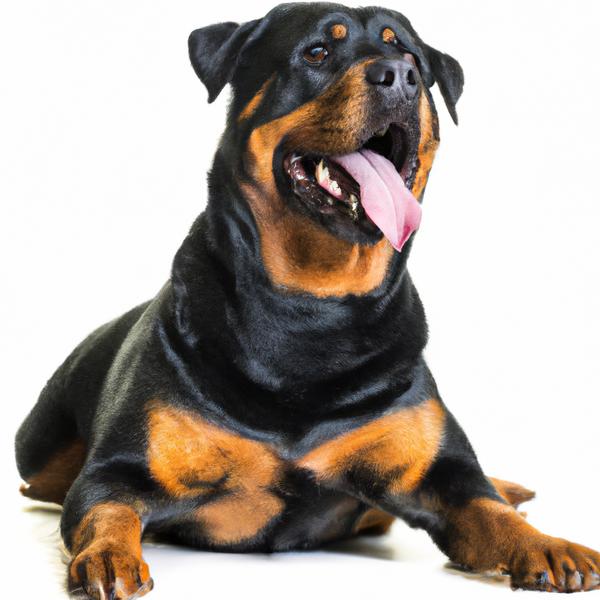
Brottweiler
Transylvanian Hound vs Brottweiler
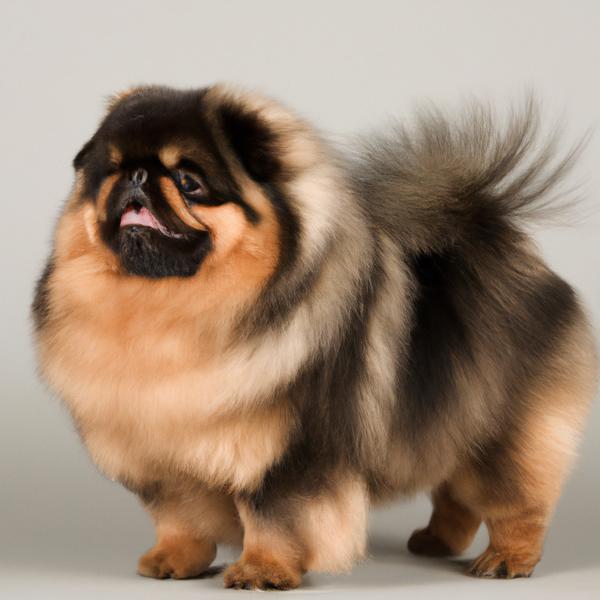
Pom-A-Pug
Transylvanian Hound vs Pom-A-Pug
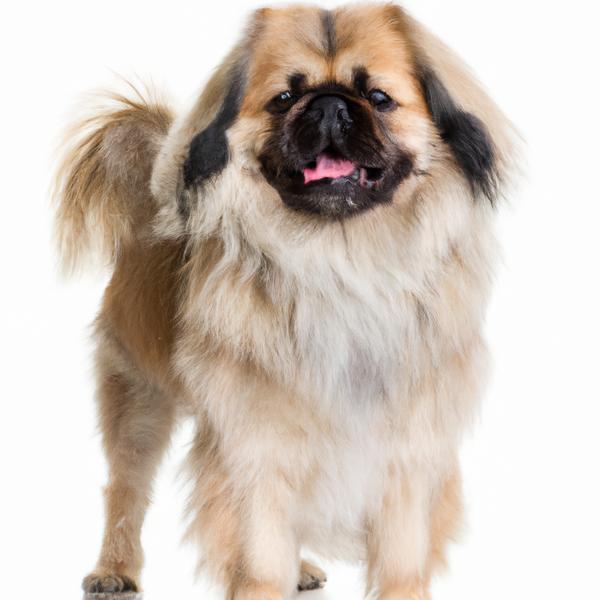
Tibetanpei Spaniel
Transylvanian Hound vs Tibetanpei Spaniel
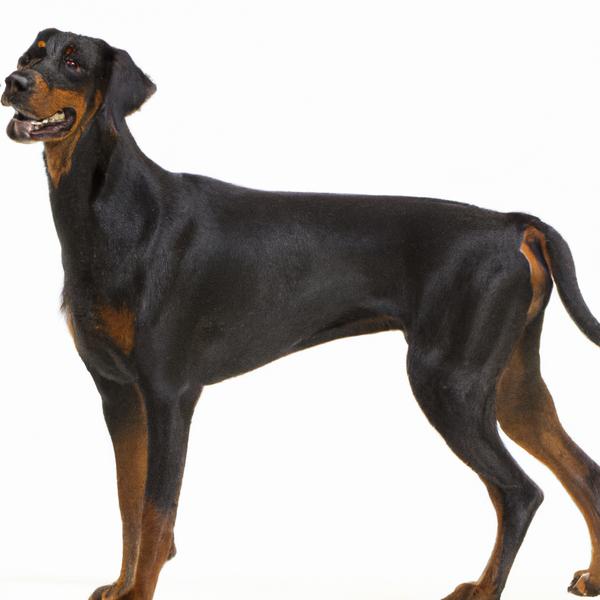
Boweimar
Transylvanian Hound vs Boweimar
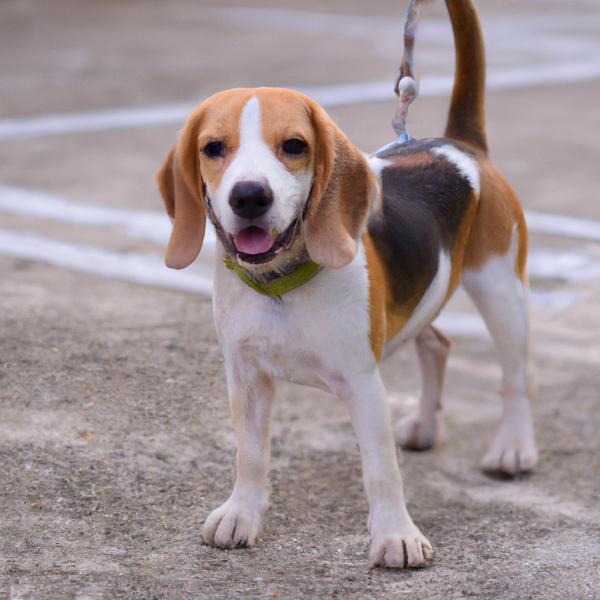
Beacol
Transylvanian Hound vs Beacol
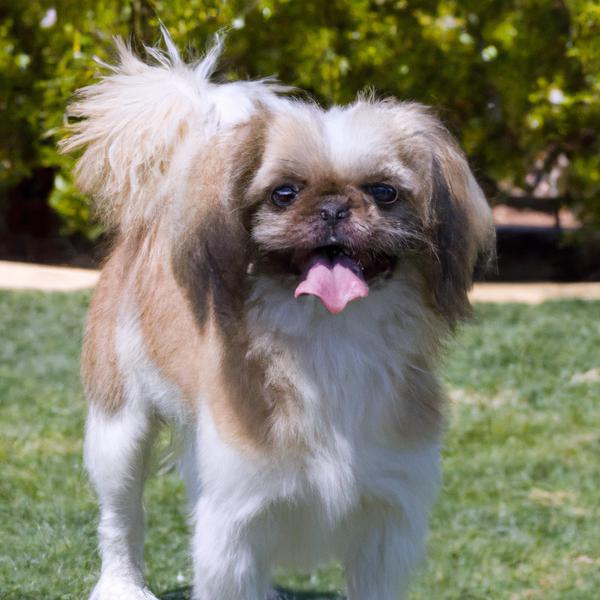
Peke-A-Chon
Transylvanian Hound vs Peke-A-Chon
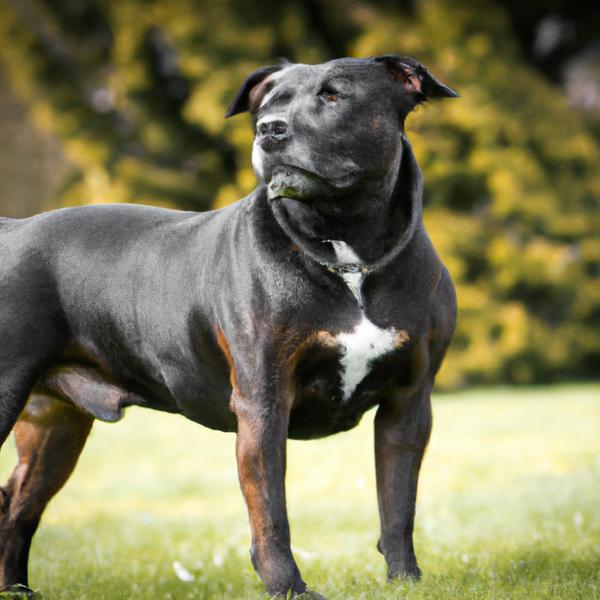
Staffie Bullweiler
Transylvanian Hound vs Staffie Bullweiler
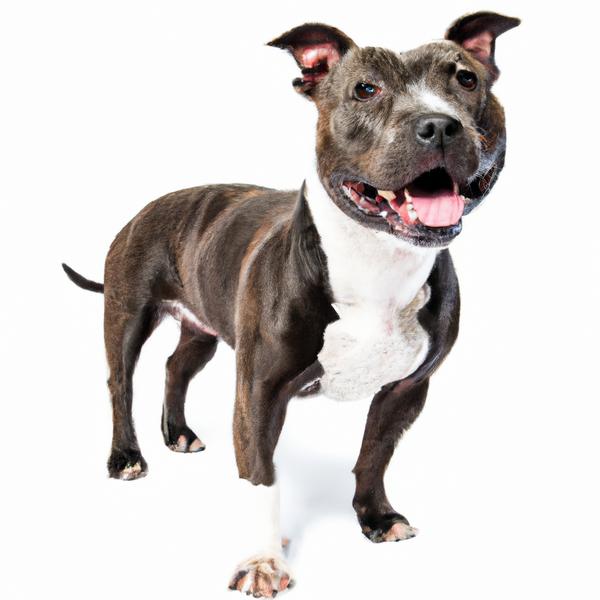
English Bully Staffy Bull Terrier
Transylvanian Hound vs English Bully Staffy Bull Terrier
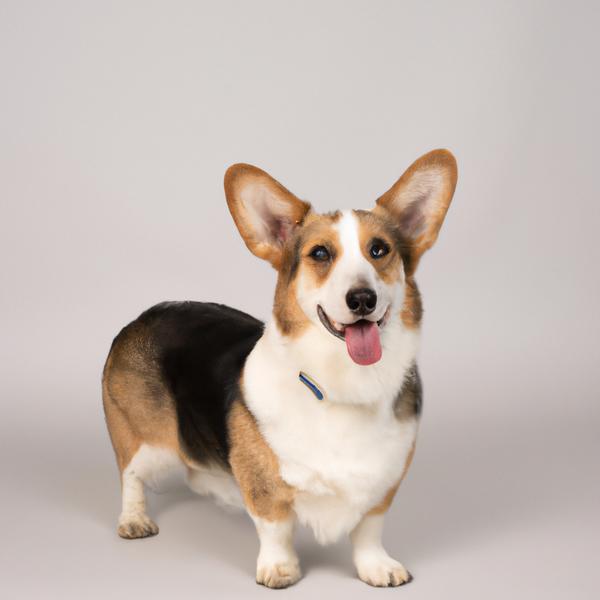
Corgi Basset
Transylvanian Hound vs Corgi Basset
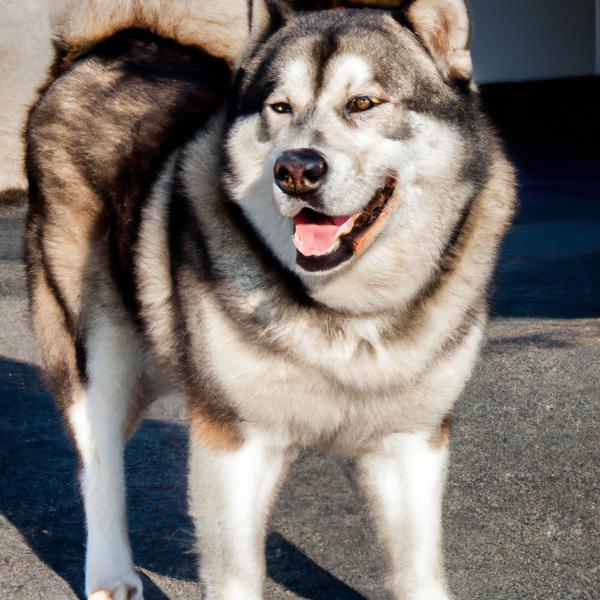
Alusky
Transylvanian Hound vs Alusky
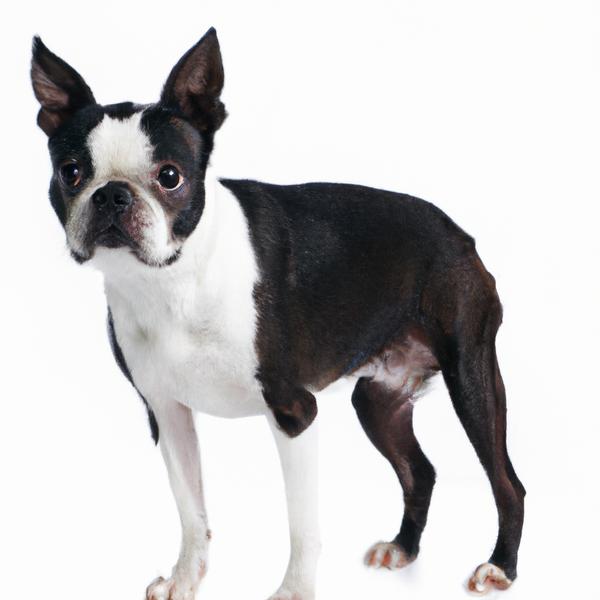
Boston Terrier
Transylvanian Hound vs Boston Terrier
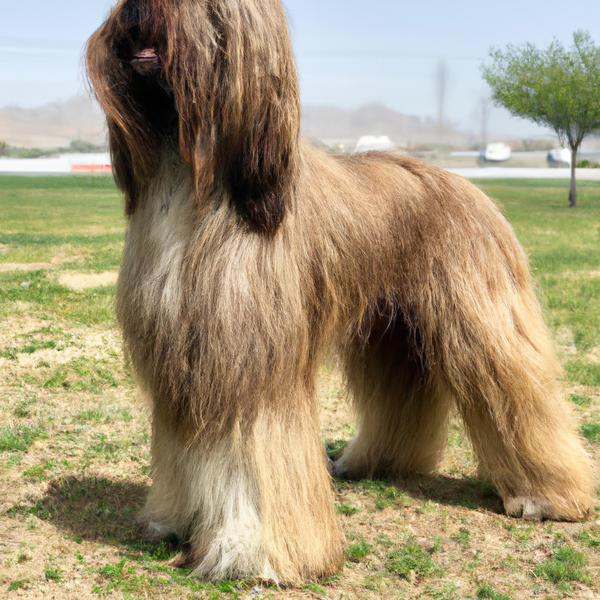
Afghan Chon
Transylvanian Hound vs Afghan Chon
